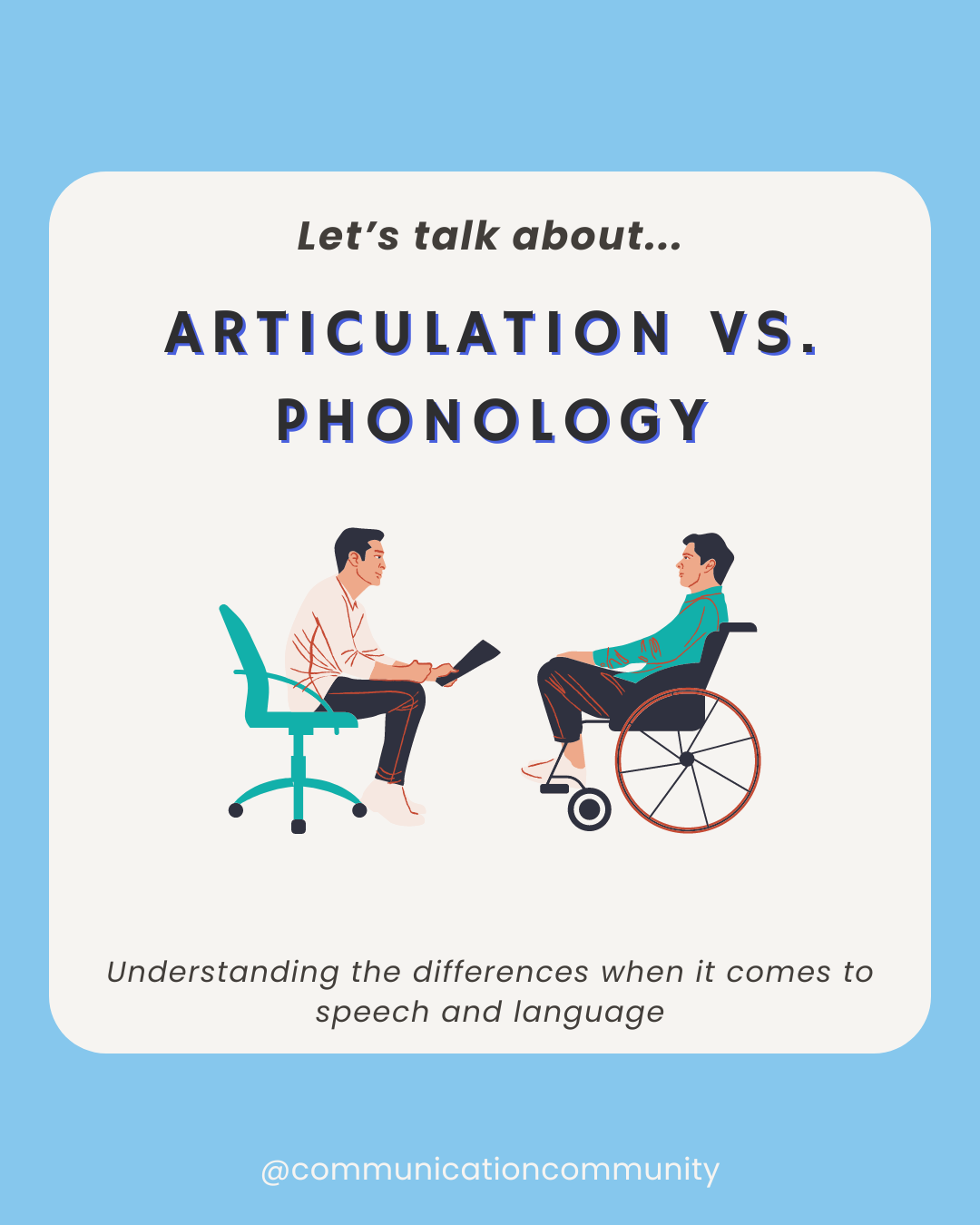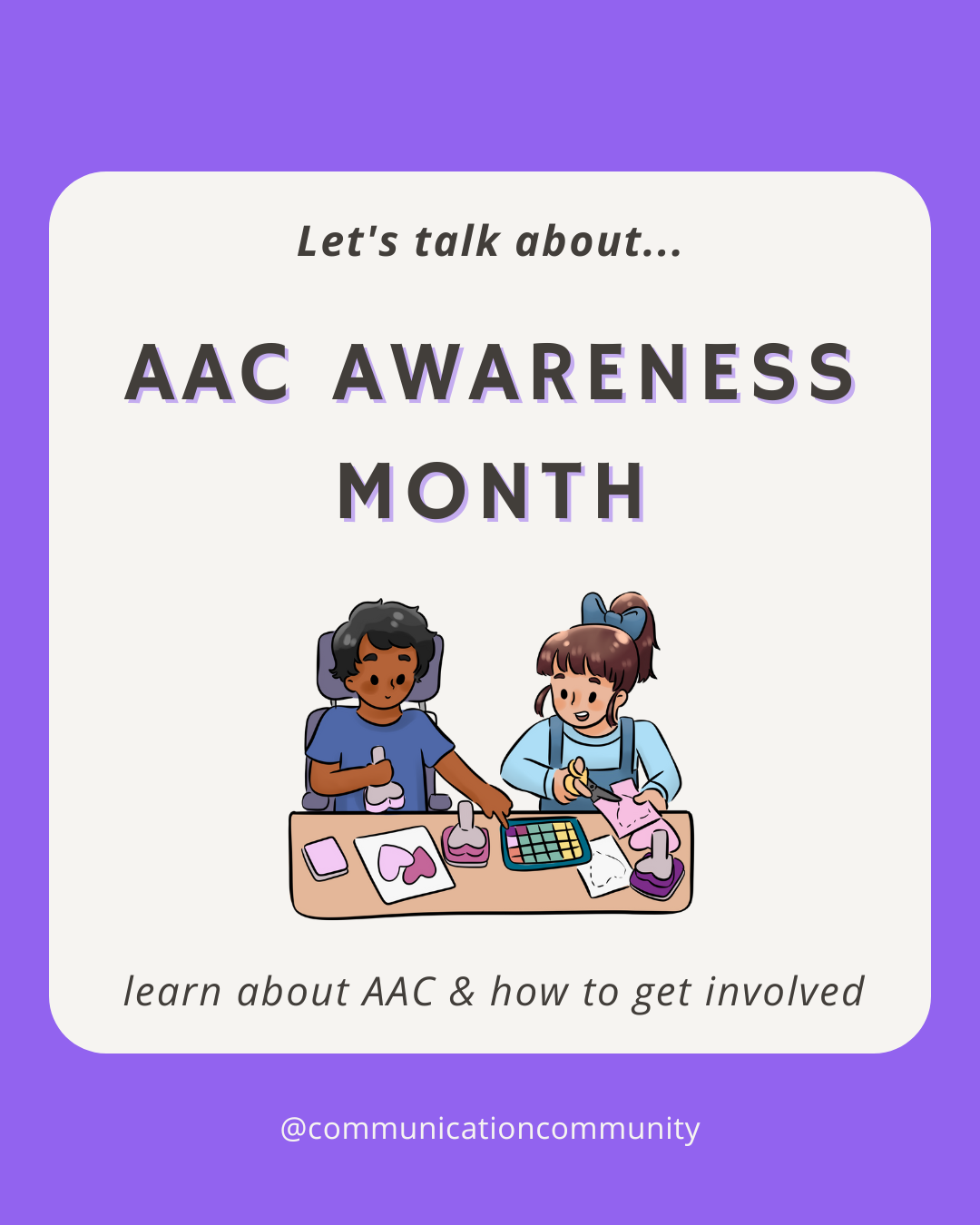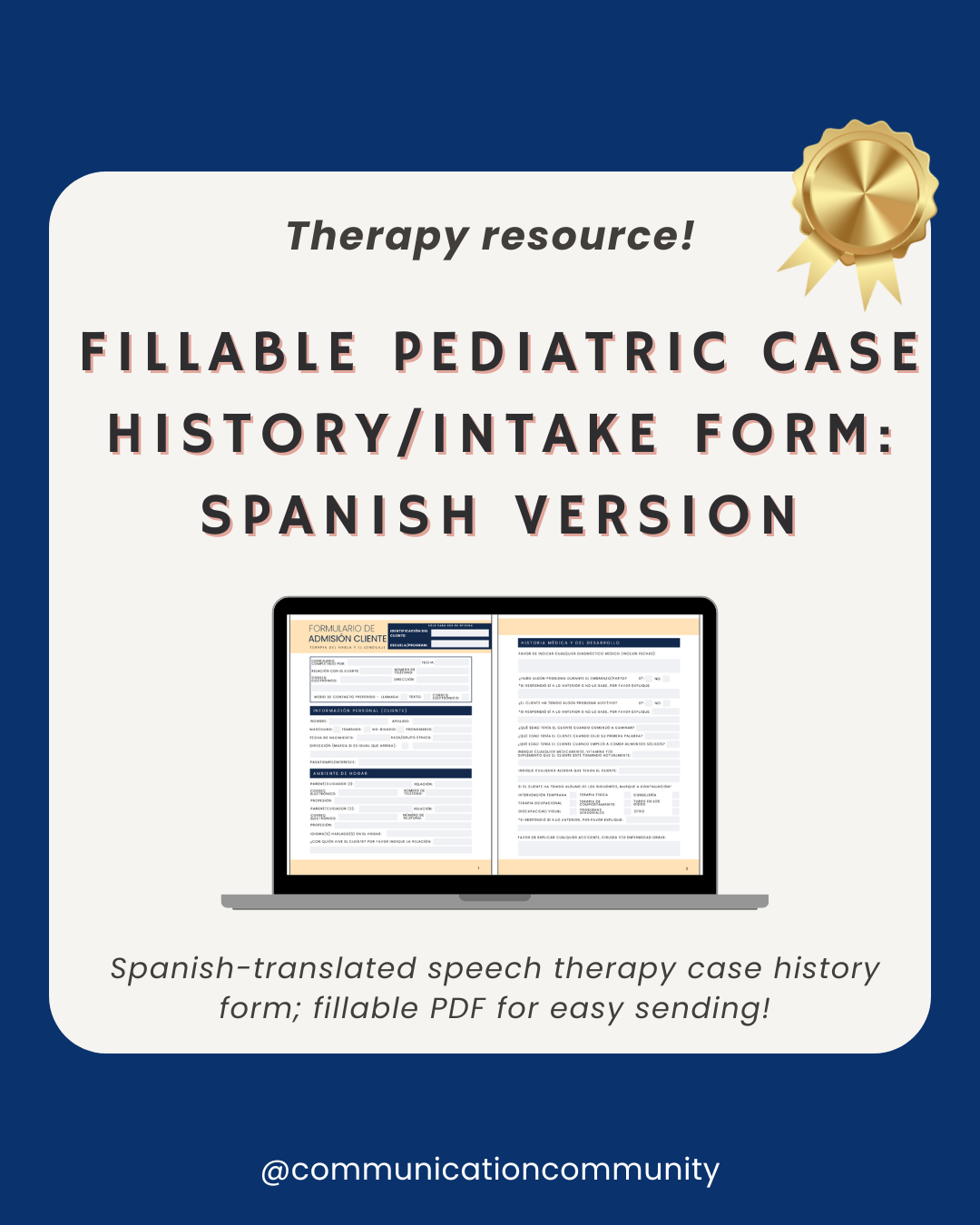Articulation versus phonology… What is the difference when it comes to speech and language?
What is Articulation?
An articulation disorder is when there are speech sound errors like saying the “w” sound instead of the “r” sound, e.g. “wabbit” instead of “rabbit” (Hey, Bugs Bunny!) beyond the typical age of acquisition. Other examples of articulation disorders include leaving off a sound like saying “at” instead of “that,” or when a sound just doesn’t sound quite right, like it is distorted. In articulation disorders, the speech sound errors are often consistent for a certain sound or sounds, like "s" or "t."
In summary: motor aspects contribute to speech sound disorder; problems with certain sounds
| Age (years) | 50% of children have sound mastered | 90% of children have sound mastered |
|---|---|---|
| <2 | p, m, h, n, w, b | - |
| 2-2.5 | k, g, d, t, ng, f, y | - |
| 3-3.5 | r, l, s, ch, sh, z | p, m, h, n, w, b |
| 4-4.5 | j, v, voiceless th | k, g, d, f, y |
| 5 | voiced th | - |
| 6 | zh | t, ng, r, l |
| 7 | - | ch, sh, j, voiceless th |
| 8 | - | s, z, v, voiced th, zh |
Source: ASHA
What is Phonology?
A phonological disorder is when there are speech sound errors that are predictable and follow a pattern, known as a phonological process (sometimes called a phonological pattern). An example of a phonological process is when an individual leaves off the last syllable of a word, no matter what sound is at the end of the word. They may say “bo” for boat, and “duh” for duck.
In summary: linguistic aspects contribute to speech sound disorder; pattern of sound mistakes
| Age (years) | Phonological process eliminated | Example(s) |
|---|---|---|
| 3 | velar assimilation nasal assimilation stopping (f and s) final consonant deletion |
"kack" vs "tack" "nunny" vs "bunny" "pun" vs "fun" "no" vs "nose" |
| 4 | fronting stopping (z and v) deaffrication cluster reduction (without s) weak syllable deletion |
"tar" vs "car" "doo" vs "zoo" "ship" vs "chip" "keen" vs "clean" "nana" vs "banana" |
| 5 | stopping (sh, ch, j, th) cluster reduction (with s) |
"dump" vs "jump" "top" vs "stop" |
| 6-7 | gliding | "weg" vs "leg" |
Source: ASHA
There are cases when an individual has a purely articulation OR phonological disorder, but it is not always possible to clearly differentiate one or another. For this reason, SLPs sometimes use the term speech sound disorder to encompass both of these factors.
A speech sound disorder is defined by ASHA as having difficulty producing speech sounds and segments. Speech sounds disorders may be organic (e.g., motor/neurological, sensory, structural) or functional (i.e., no known cause) in nature.
Want more of an in-depth explanation of speech sound disorders? Check out our article titled: What is an Articulation Disorder? An Overview of Speech Sound Disorders.
Articulation, Phonology, and Apraxia Goal Bank + Resources Packet
This is an easy-to-use, one-stop-shop packet for the treatment of speech sound disorders (articulation, phonological, & apraxia). Find a goal bank and pages of resources about treatment approaches, speech sound milestones, and more! Get it on Teachers Pay Teachers or on our site!




![How to Write Executive Functions Goals [with goal bank]](https://www.communicationcommunity.com/content/images/2024/10/How-to-Write-Executive-Functions-Goals.png)


![How to Write Play Skills Goals [with goal bank]](https://www.communicationcommunity.com/content/images/2024/07/Play-Skills-Goals--updated---1-.png)
